What is 3D Printing and How Will It Change Manufacturing?
Imagine a world where complex parts are created effortlessly, customized products are readily available, and manufacturing is faster, more efficient, and less wasteful. This is the promise of 3D printing, a technology that’s rapidly reshaping the landscape of modern manufacturing.
What Exactly is 3D Printing?
3D printing, also known as additive manufacturing, is a process of creating three-dimensional objects from a digital file. Unlike traditional subtractive manufacturing, which involves removing material from a larger block, 3D printing builds objects layer by layer from a variety of materials, such as plastics, metals, ceramics, and even composites. This process offers unprecedented design freedom and allows for the creation of intricate geometries that would be impossible to achieve with traditional methods.
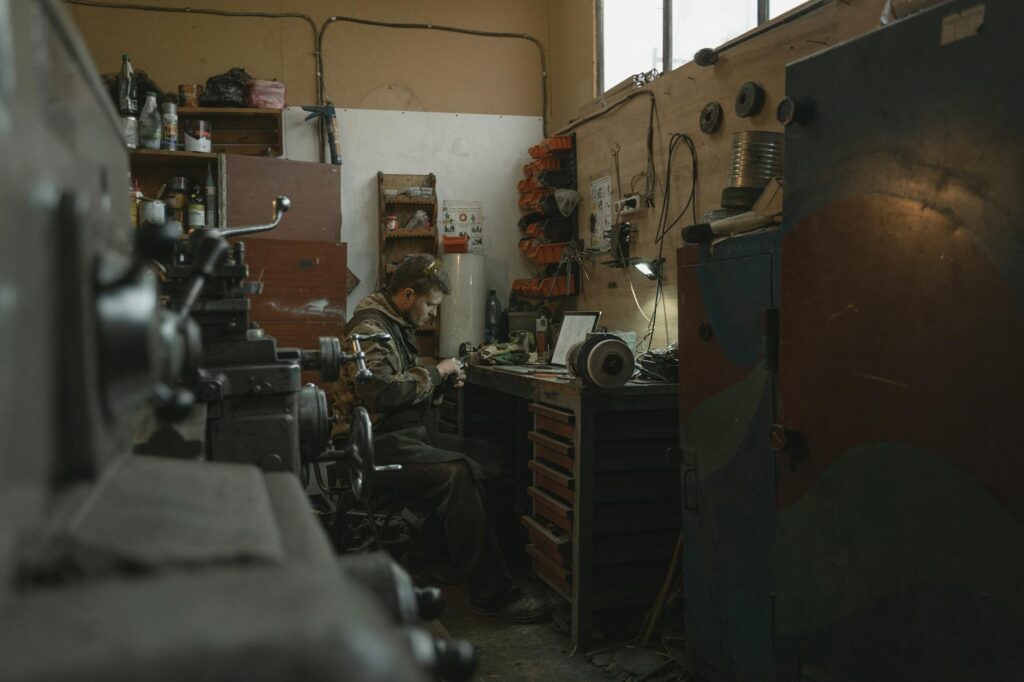
How Does It Work?
The basic principle of 3D printing involves using a computer-aided design (CAD) file to guide a 3D printer. The printer reads the file and deposits material layer upon layer, following the precise instructions encoded in the design. Different 3D printing technologies exist, each employing a unique method of material deposition. Some common methods include:
- Fused Deposition Modeling (FDM): Melts and extrudes thermoplastic filament.
- Stereolithography (SLA): Uses a UV laser to cure liquid resin.
- Selective Laser Sintering (SLS): Uses a laser to sinter powdered material.
- Digital Light Processing (DLP): Similar to SLA, but uses a projector to cure resin.
The Transformative Impact on Manufacturing
3D printing is not just a futuristic concept; it’s actively revolutionizing how things are made. Its impact on manufacturing is multifaceted:
1. Rapid Prototyping:
Creating prototypes quickly and iterating designs has never been easier. 3D printing allows manufacturers to test and refine product designs in a matter of hours, significantly reducing development time and costs.
2. Mass Customization:
Forget mass production. 3D printing empowers manufacturers to cater to individual customer needs. Creating customized products on demand is now a reality, offering personalized experiences and unlocking new market opportunities.
3. Decentralized Production:
No more reliance on centralized factories. 3D printing allows for on-demand manufacturing closer to the end consumer, reducing transportation costs, lead times, and supply chain complexities.
4. Enhanced Design Freedom:
Complex geometries, intricate details, and lightweight designs are now within reach. 3D printing breaks free from the constraints of traditional manufacturing, enabling engineers to create innovative and high-performing products.
5. Reduced Waste:
Additive manufacturing only uses the necessary material, minimizing waste generation. This eco-friendly approach contributes to sustainable manufacturing practices and reduces environmental impact.
“3D printing is not just another manufacturing tool; it’s a catalyst for innovation, empowering businesses to rethink design, production, and supply chain strategies.”
The Future of Manufacturing with 3D Printing
The future of manufacturing is undeniably intertwined with the continued evolution of 3D printing. As the technology matures, we can expect:
- New Materials: Exploration and development of advanced materials with enhanced properties.
- Increased Speed and Scalability: Faster printing speeds and larger build volumes to meet growing demands.
- Improved Automation and Integration: Seamless integration with existing manufacturing workflows.
- Wider Adoption Across Industries: From aerospace and automotive to healthcare and consumer goods.
Conclusion
3D printing is not just a hype; it’s a powerful force transforming the manufacturing landscape. Its ability to accelerate innovation, personalize products, and optimize production processes is reshaping industries and paving the way for a more efficient, sustainable, and customer-centric future of manufacturing. As the technology continues to evolve, its potential is limitless, promising exciting possibilities for businesses and consumers alike.



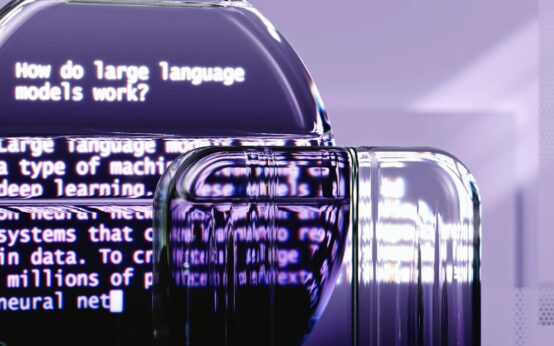 Software is Eating the World: A Deep Dive Analysis
Software is Eating the World: A Deep Dive Analysis  How Tech is Revolutionizing Disaster Response
How Tech is Revolutionizing Disaster Response  Geo-engineering Guide: Can We Really Hack the Planet?
Geo-engineering Guide: Can We Really Hack the Planet? 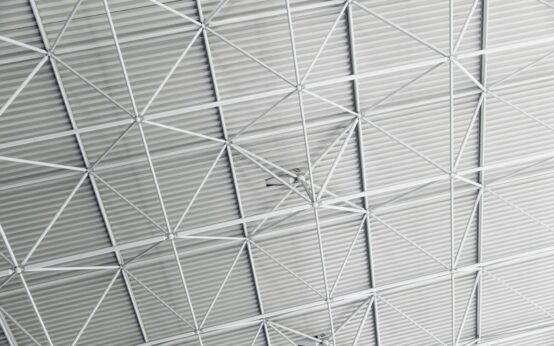 AI and the Future of Search Engines: What’s Next?
AI and the Future of Search Engines: What’s Next?  How Technology is Changing Sports: A New Era
How Technology is Changing Sports: A New Era 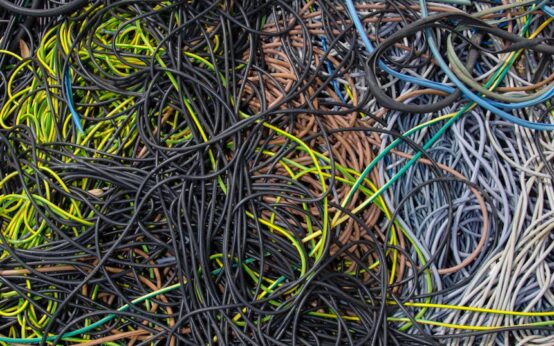 The Tech Behind High-Frequency Trading Explained (2024)
The Tech Behind High-Frequency Trading Explained (2024)  A Guide to NFT Generative Art Platforms (2024)
A Guide to NFT Generative Art Platforms (2024)  Crypto’s Carbon Footprint: The Real, Nuanced Story
Crypto’s Carbon Footprint: The Real, Nuanced Story  Join a Web3 Community: The Ultimate Networking Guide
Join a Web3 Community: The Ultimate Networking Guide  What Are AMMs? Automated Market Makers Explained Simply
What Are AMMs? Automated Market Makers Explained Simply  NFT Legal Questions Answered: A Simple Guide
NFT Legal Questions Answered: A Simple Guide 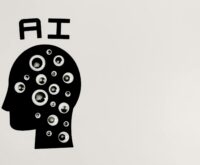 Build a Balanced Cryptocurrency Portfolio: A 2024 Guide
Build a Balanced Cryptocurrency Portfolio: A 2024 Guide